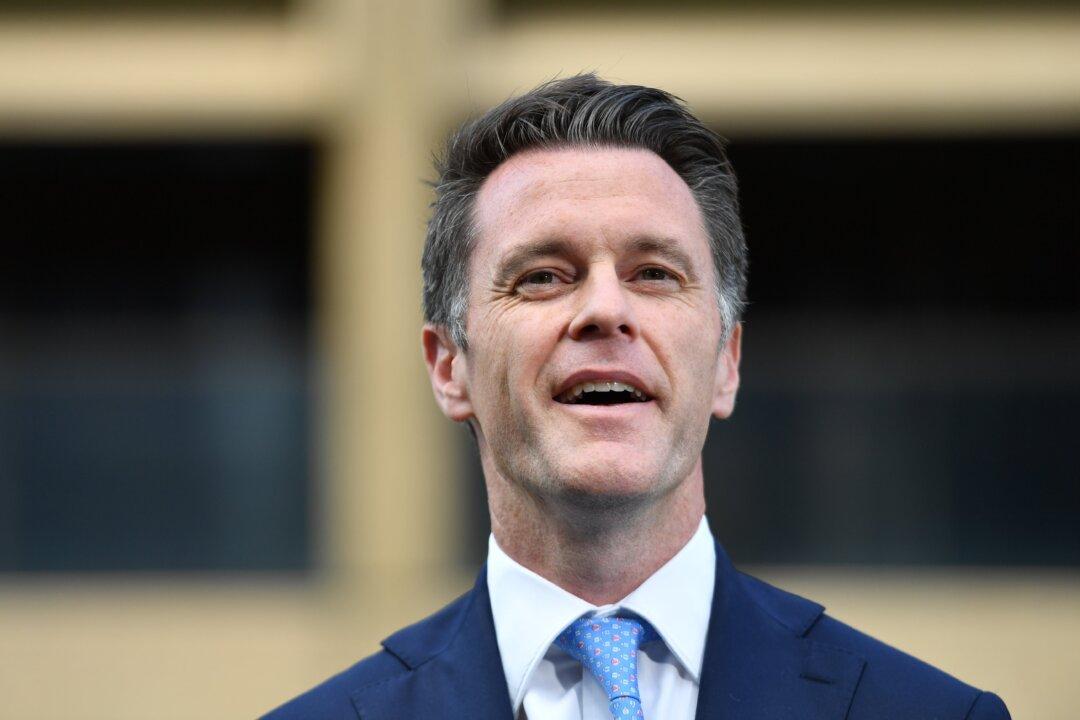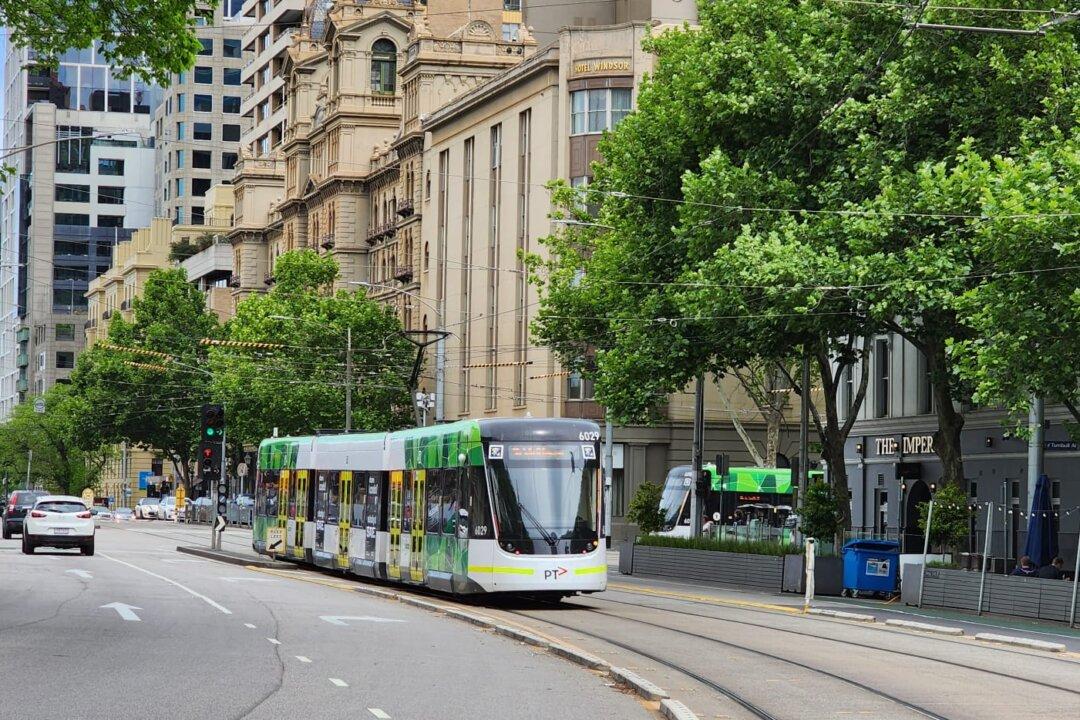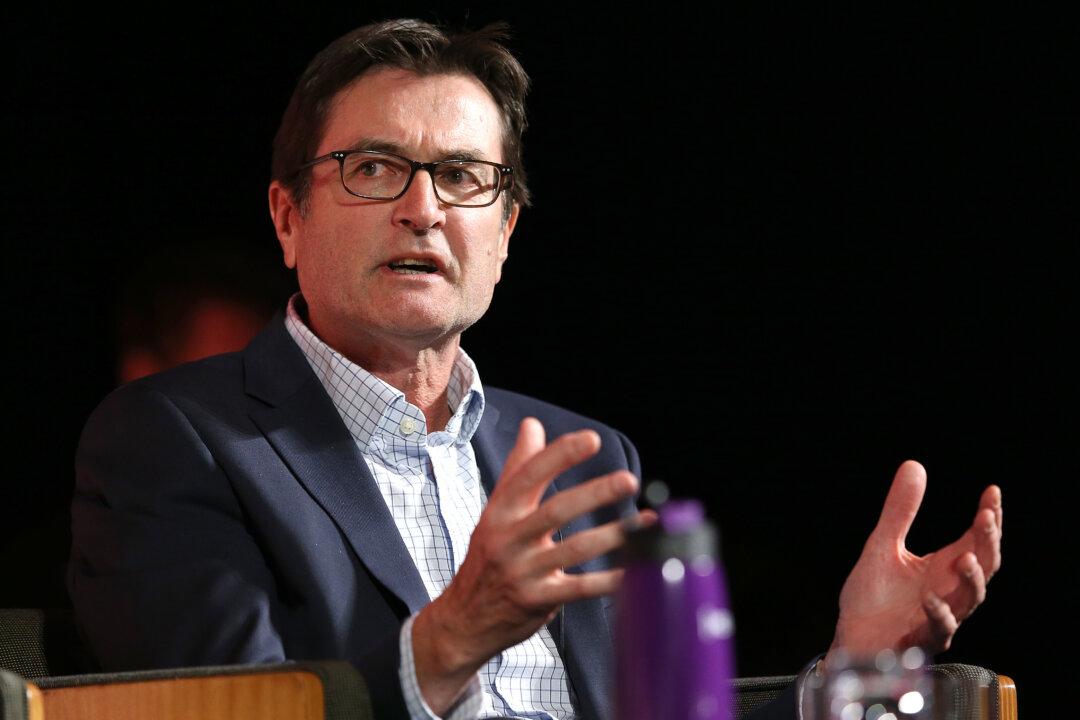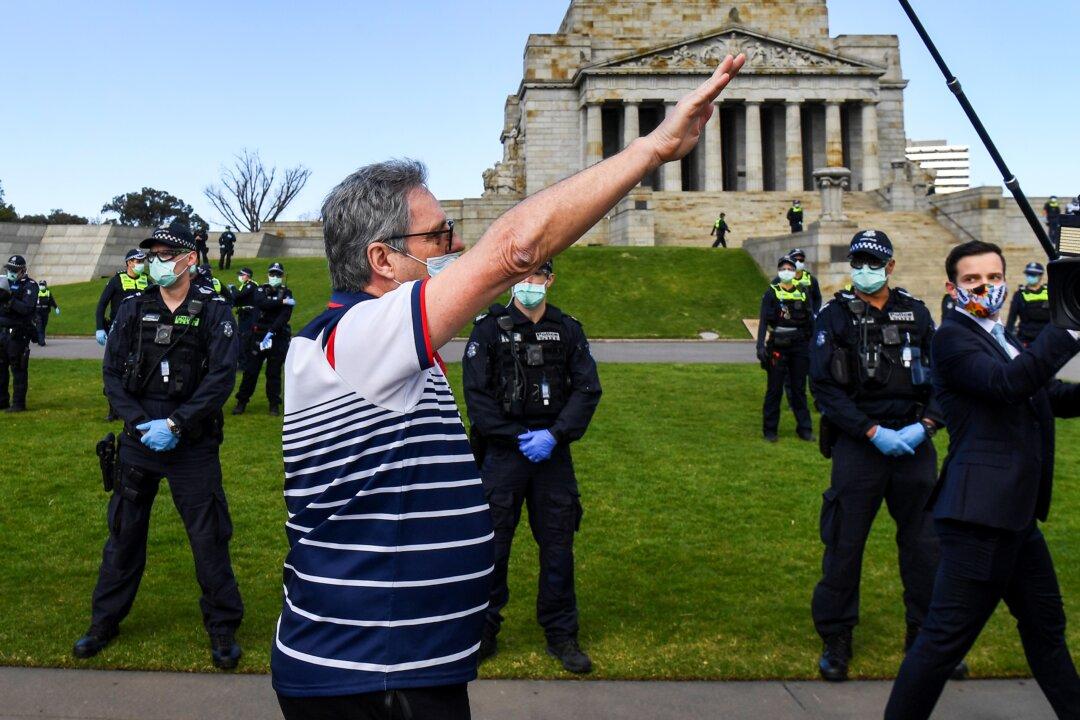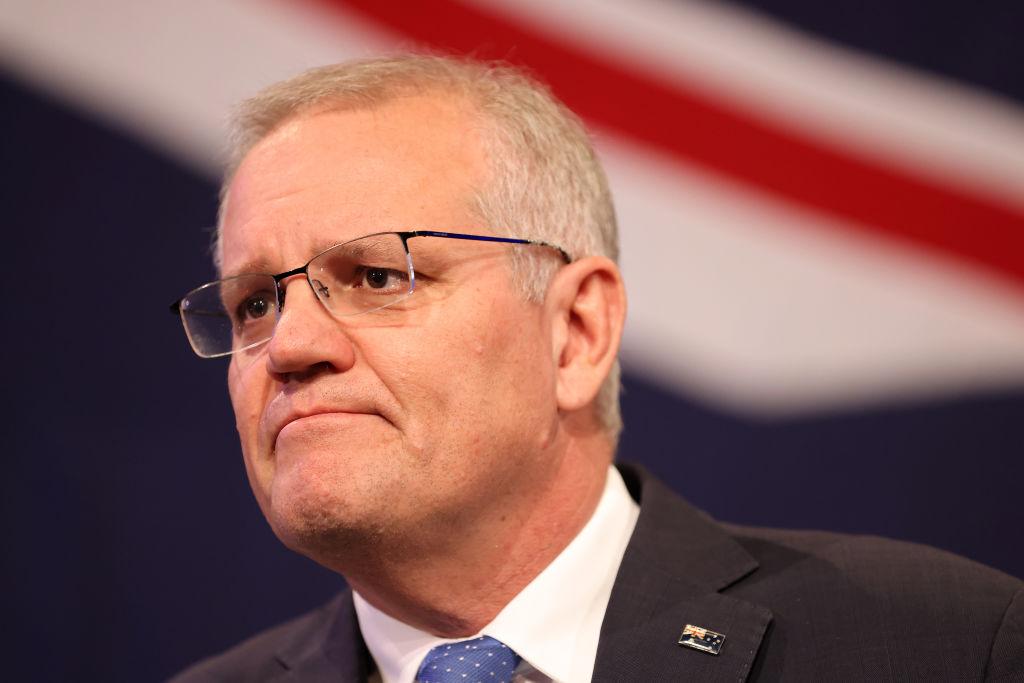New South Wales (NSW) National Party Leader Dugald Saunders has criticised the state Labor government for its advertisement for a ‘Truth Telling and Healing’ State Executive position, claiming it is questionable timing given current economic circumstances.
“We’re talking about $700,000 for two people when cost-of-living’s everything and next Tuesday there’s a strong likelihood of an interest rate rise,” Mr. Saunders told 2GB Radio on Nov. 3.
